News
20 Oct 2021
Celepsa will construct its first solar power plant: where will it be located and what ambitions do they have for it?
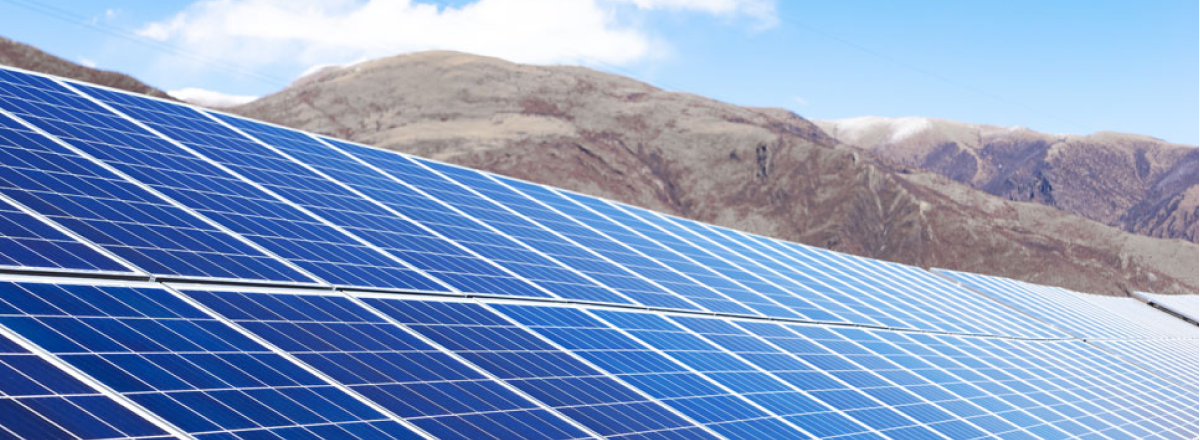
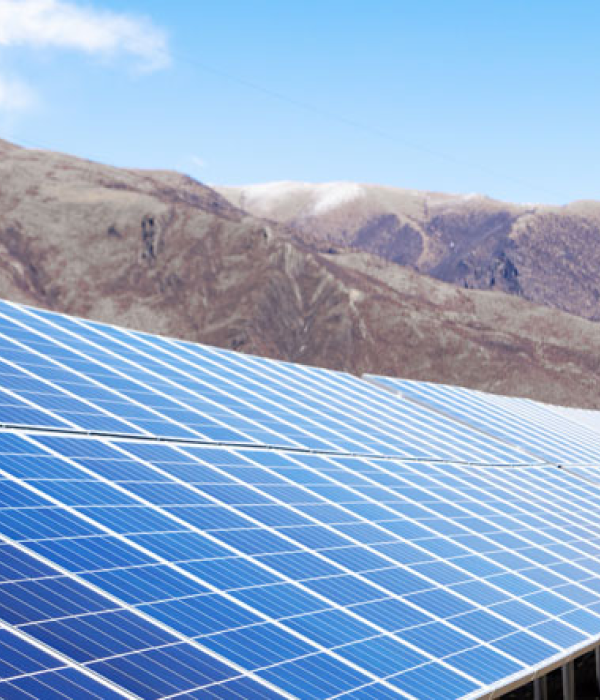
The UNACEM Group subsidiary and energy company, created in 2010, announced that it will extend its portfolio by adding solar and wind energy projects to its hydroelectric power portfolio.
Although there have been initiatives to mitigate the effects of climate change and work toward a more sustainable planet, such as the UN's 17 Sustainable Development Goals proposed in 2015, Harvard University published a study in the journal Environmental Research in February 2021 that stated that fossil fuel pollution causes one out of every five deaths worldwide.
Furthermore, the Intergovernmental Panel on Climate Change (IPCC) published its Sixth Assessment Report in August, raising the climate red flag for the entire planet.
These are important challenges, and Peru is already working on several programs to mitigate the negative results of climate change. Consequently, Celepsa, a local sustainable energy firm affiliated with the UNACEM Group, has managed the Platanal hydropower project in the Cañete river basin in the Yauyos province for the past 11 years.
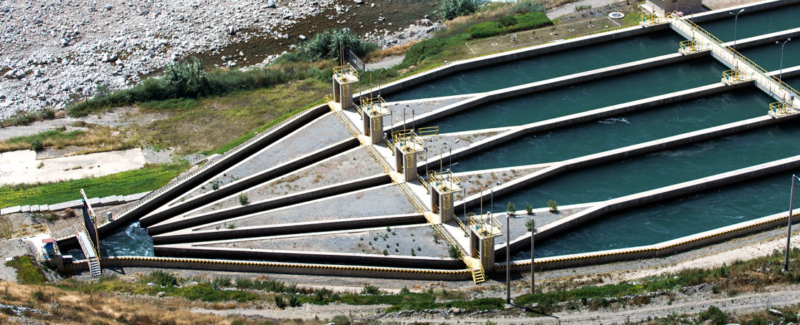
El Comercio spoke with Eduardo Herrera, the company's general manager, who informed us about the company's DNA, vision, and future ambitions, which include decarbonizing the country and building sustainable energy facilities.

Why should you choose clean energy?
We have made the corporate decision at Celepsa to actively embrace the issue of sustainability because we believe it is an issue that cannot be postponed. Furthermore, it is important to remember that Peru is a signatory to a number of international commitments that aim to make the country carbon-neutral by 2050. All Peruvians must work together to achieve this goal. It is very likely that we will not be able to meet this goal unless businesses begin to take the lead.
What future plans do you have?
We have a portfolio of projects that will essentially be developed in renewable energy generation around the country, allowing us to increase our production capacity in the next five years.
We will have a portfolio of water, sun, and air, as well as renewable energy solutions, such as batteries, which we are developing for our customers who want to be more energy efficient.
We also want to fund the energy company's first green bond offering on the local market. This does not exclude us from considering acquisitions of companies that could help us develop faster.
When do you intend to complete the new projects?
The Coropuna photovoltaic plant in Arequipa should be our first project. It would be ready in around two years.
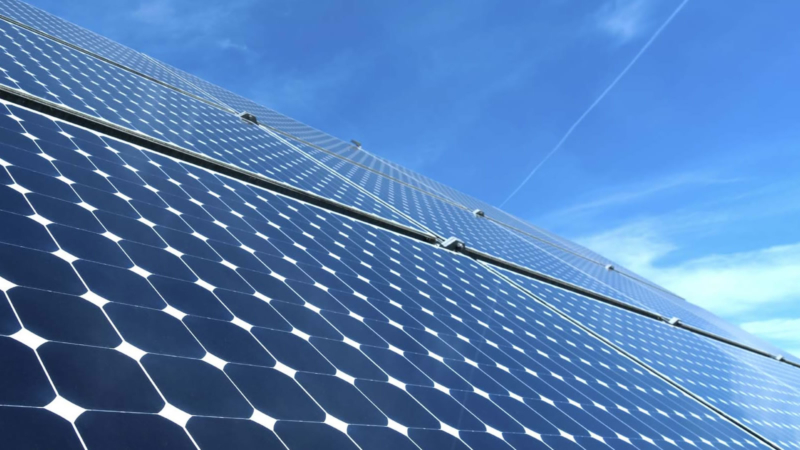
What does the corporation hope to gain by becoming involved in the sustainability issue? How do you intend to accomplish it?
We want to accelerate Peru's decarbonization. To that aim, we hope to spark a "movement" in the business sector composed of firms that understand sustainability and, more importantly, recognize that renewable energy is one of the means by which this may be accomplished.
We've already started down this road by being the first corporation with renewable productive integrity.
In other words, do you expect companies to stop using old fuels and transition to energies with less environmental impact?
As I previously stated, we have made sustainability a component of the company's mission. We, as UNACEM's energy arm, have the obligation to launch this crusade so that businesses understand the implications and benefits of using renewable energy in a country that, by the way, is still far from what should be a development of its energy matrix.
How do you plan to convey this need to other private companies?
The first and most obvious approach is to verify renewable energy sources. We asked the international corporation AENOR to examine our energy, and they provided us the certification that it is 100% renewable.

As a result, we can issue certificates proving that the energy they receive is 100% renewable, which they can use in their sustainability reports, declarations, or certifications. In addition, we developed a label called Triple C: "Celepsa Carbon Negative Commitment," which aims to unite actors from the commercial sector, the government, and civil society around a common goal.
Do you think this strategy will work in a country like Peru?
We might say that the market in Peru still does not understand, assimilate, or demand sustainability in many circumstances. The consumer, on the other hand, has begun to recognize the organic and plastic recycling issues, but many people continue to be unaware of climate change.
That is why businesses must make it visible. Not only with clean energy and CO2 reduction, to which we are deeply dedicated, but also with ecological protection. We are, for example, heavily involved in the maintenance and sustainability of the Cañete River Basin.
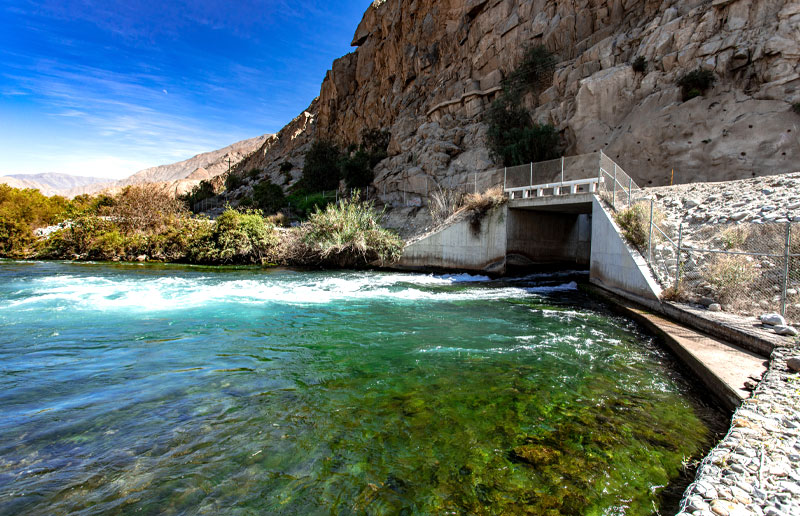
What role do you play?
Climate change, ecosystems, social projection, and, lastly, urban electromobility are the four themes we have adopted. Announcing that one does not pollute a watershed is great and positive, but maintaining the watershed requires time, work, and money.
In this regard, we are members of the Nor Yauyos Cochas Landscape Reserve Board, which oversees the Cañete River Basin and encourages the protection of water consolidation regions [through ditches, dam construction, and forestation]. In this approach, we conserve the area's vegetation, which aids in the preservation of water supplies.
Are these projects tied to any government entity?
Several things have been developed independently by the private sector, which I believe is part of the necessary shift. True, coordination with the state is essential because permits and consents are required, but these are rigorously granted by the private sector.
But, there is already a ray of hope emerging with institutions such as PROFANANPE, where investment comes not just from the state, but also from other sorts of investors with different management capacities. Yet, collaboration with the state is always required since otherwise, the issue of long-term efficacy does not exist.
How do you reduce your company's carbon footprint?
For me, sustainability is not the sum of major things, but of modest daily activities that have an influence and compound inside a wonderful management. That is why we have several initiatives. But the most significant footprint that can be generated in the operation of the plants we have is likely to be related with all the dynamics of displacement of suppliers and personnel who must be in the field, literally in the middle of a ravine or, finally, in a basin.
Yet, sustainability should not be viewed solely from an environmental standpoint. For example, we urge our suppliers to demonstrate that they have no outstanding debts with their employees so that we can assure that the employment generated by this link in the chain is fair work.
On the other hand, we do not pay MSEs who are part of our productive chain in 90 days, but rather virtually immediately after delivery, because we want them to have the liquidity to continue working.
And, given our economic difficulties, do you truly believe Peru can become a carbon-neutral country?
The quick answer is that it is impossible; however, there are two factors that must be considered in order to support what I am saying. First, consider your potential employment options.
I heard recently that two vocations in particular will be in great demand in the future: health care personnel such as therapists and nurses as we live longer lives, and solar panel and wind power plant technicians. This will create new jobs and may serve as a "driver" for the state to invest in photovoltaic projects, for example.
Second, while Camisea gas was a benefit to the country, it has now become an issue because the government has done virtually little to transition to renewable energy. There are operational inflexibilities in the current legislation where, for different reasons that are technical and complicated to describe, the State favours burning gas instead of using water at some point. This is an unreasonable reason.
It cannot be that, while Peru has water, the energy delivered to the system for consumption by all Peruvians is thermal. True, it pollutes less than oil, but the reality is that gas has a footprint.
Why hadn't people previously bet on green energy?
Formerly, because of a regulatory issue, it was not viable for someone to invest in a thermoelectric, solar, or wind power plant because energy prices were extremely cheap. However, the administration fixed the problem in March of last year.
Renewable energy produces little pollution and can evolve quickly, especially in Peru, where natural conditions exist. You may find solar panels on residences in Arequipa, Cajamarca, and Cusco. Why? Since the illumination is really high and there is also wind. Certainly, the circumstances exist; what is lacking is for the company to collaborate with the government to build a common agenda.
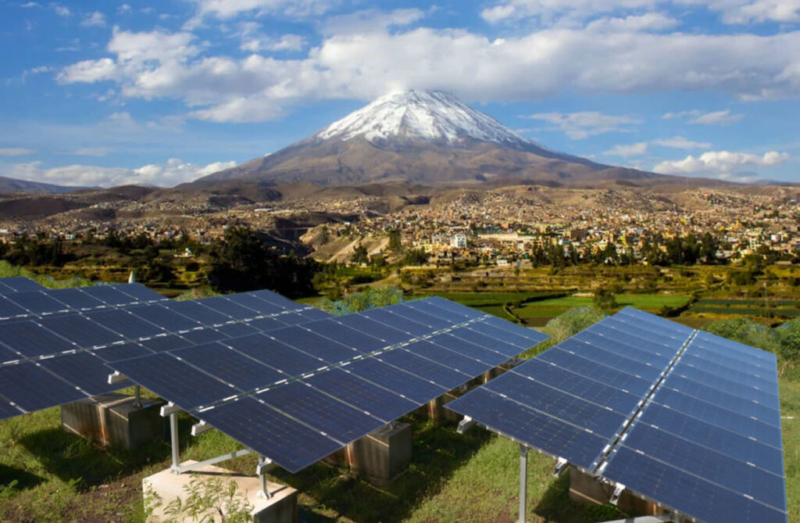
What will the State's rectification from last May allow?
Following the correction, the government regulated pricing, giving investors a more solid outlook. There are possibilities. Finally, only 5% of Peru's market is renewable, which is absurd. Nevertheless, because the technology was expensive and the price was low, it was not possible to invest, therefore the equation did not close.
Is it over for Celepsa now?
We are considering both photovoltaic and wind projects because we can now look at the market and consider investing in significant projects because the conditions are favorable.
How does renewable energy benefit a business financially?
Nowadays, renewable energy is not valued differently, i.e. it does not cost more or less than traditional energy; nevertheless, this is not the purpose. Yet, it is a requirement imposed by established markets that require this renewable energy. In such cases, the certifications that we supply, for example, serve to be presented to whoever corresponds.
Furthermore, I believe it will become a must in the future when customers of products and services begin to demand it. Walmart, for example, is one of the most important firms in the world in terms of sustainability. They have invested not only in the supply chain to ensure that the items sold in their stores are organic, but they also seek certification that no child labor was used, for example. On the other hand, despite being primarily a logistics company, it is continuously looking for ways to improve the route of its trucks in order to reduce fuel consumption.
Other companies, like them, have this goal out of necessity, not convenience. They do it because it is the proper thing to do and because they have made promises to do so.
Thus, as far as I can see, the state has yet to forge any genuine alliance or value with the type of energy you have, nor with the development of wind or solar projects.
The state used to call auctions where corporations sold this form of electricity, but there haven't been any for years. Beyond that, what is actually needed is to create the conditions for the development of a realistic shared work agenda.
The first step is for the government to complete the operational inflexibilities that are now causing gas consumption. This, I believe, must be gradually replaced with renewable energy.
